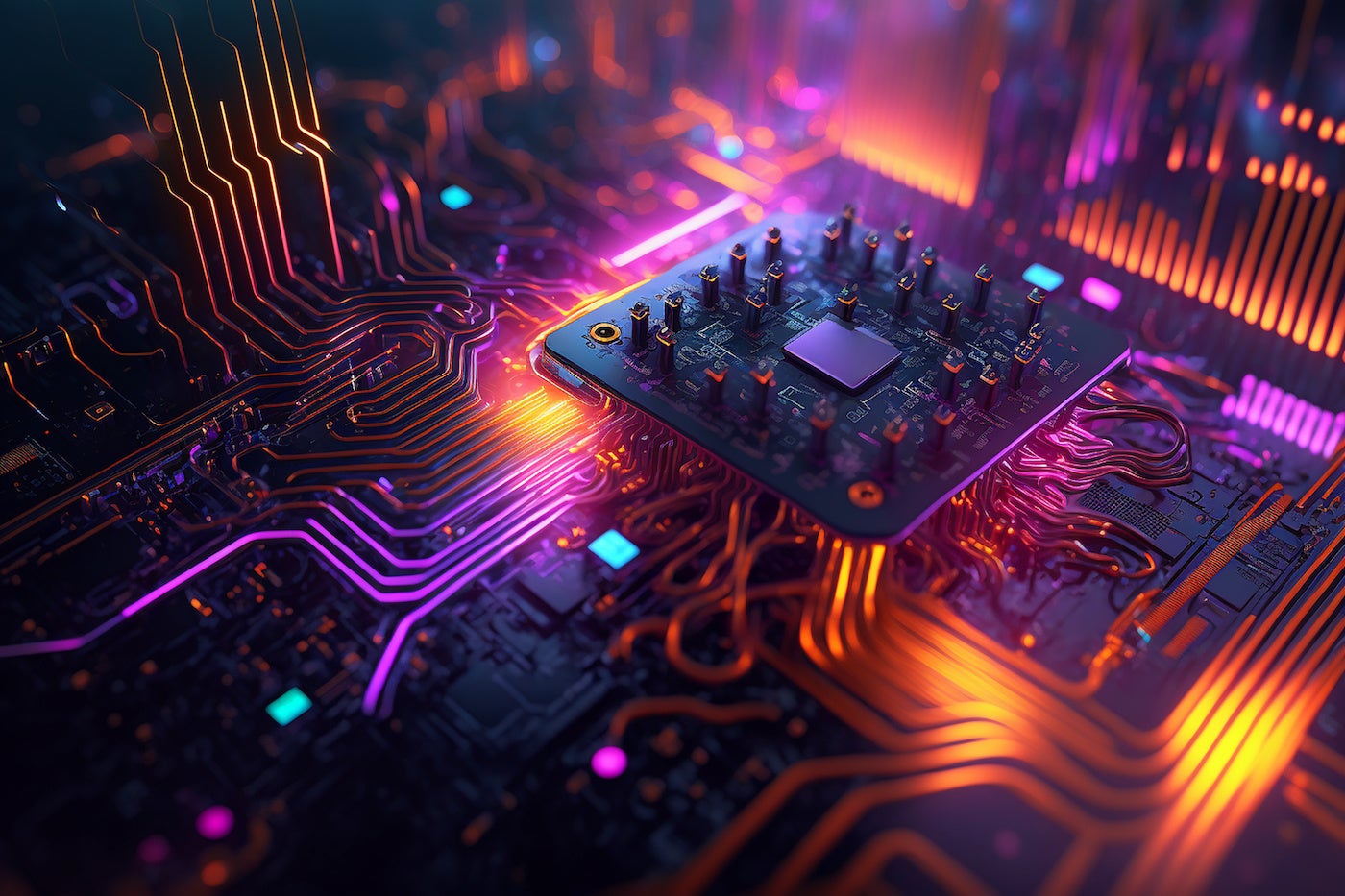- I recommend the Pixel 9 to most people looking to upgrade - especially while it's $250 off
- Google's viral research assistant just got its own app - here's how it can help you
- Sony will give you a free 55-inch 4K TV right now - but this is the last day to qualify
- I've used virtually every Linux distro, but this one has a fresh perspective
- The 7 gadgets I never travel without (and why they make such a big difference)
Gartner: Generative AI Will Bring “Transformational Benefit” in the Next 2-5 Years

Generative AI has landed on Gartner’s coveted Hype Cycle for Emerging Technologies for 2023, the firm announced Wednesday. The firm said generative AI will bring “transformational benefit” in the next two to five years. Transformational benefits are defined as those that enable “new ways of doing business across industries that will result in major shifts in industry dynamics,” Melissa Davis, a Gartner vice president analyst, told TechRepublic.
The AI subset is positioned on the firm’s “Peak of Inflated Expectations” within the Emerging Technologies Hype Cycle this year. Hype cycles follow the maturity of technologies through their lifecycle, explained Davis. All hype cycles start when a breakthrough, public demonstration, product launch or some other event generates industry interest in a technology or other type of innovation, she said.
“We call this the ‘innovation trigger,’” Davis added. “At the Peak of Inflated Expectations, a wave of ‘buzz’ builds, and the expectations for this innovation rise above the current reality of its capabilities.”
Generative AI is encompassed within the broader theme of emergent AI, a key trend in this hype cycle that is creating new opportunities for innovation, Gartner said in a press release announcing the news.
Jump to:
Business benefits derived from generative AI
Generative AI will have profound business impacts in areas including content discovery, creation, authenticity and regulations, as well as automation of human work and customer and employee experiences, according to Davis.
“Most technology products and services will incorporate generative AI capabilities in the next 12 months, introducing conversational ways of creating and communicating with technologies, leading to their democratization,” she said. “Generative AI will progress rapidly in industry verticals, scientific discovery and technology commercialization.”
Additional emergent AI techniques
In addition to generative AI, Gartner named six other emergent AI techniques the firm believes offer immense potential for enhancing digital customer experiences, making better business decisions and building sustainable competitive differentiation. The emergent AI techniques are: AI simulation, causal AI, federated machine learning, graph data science, neuro-symbolic AI and reinforcement learning.
The techniques were selected after being comprehensively assessed and analyzed by Gartner internal and external data sources to select tech for their potential transformational benefits and their broad impact, Davis said. She broke down each of the AI techniques as follows:
- AI simulation is the combined application of artificial intelligence and simulation technologies to jointly develop AI agents and the simulated environments in which they can be trained, tested and sometimes deployed.
- Causal AI identifies and uses cause-and-effect relationships to go beyond correlation-based predictive models and toward AI systems that can prescribe actions more effectively and act more autonomously.
- Federated machine learning aims to train a machine learning algorithm on multiple local datasets contained in local nodes without the explicit sharing of data samples.
- Graph data science is a discipline in which data science techniques are applied to graph data structures to identify behavioral characteristics that can be used to build predictive and prescriptive models.
- Neuro-symbolic AI is a form of composite artificial intelligence that combines ML methods and symbolic systems (e.g., knowledge graphs) to create more robust and trustworthy AI models.
- Reinforcement learning is a type of ML where the learning system receives training only in terms of positive feedback (rewards) and negative feedback (punishments).
Other emerging tech trends
In addition to emergent AI, the Gartner release named other emerging tech trends: developer experience, pervasive cloud and human-centric security and privacy.
Developer experience: DevX refers to all types of interactions between developers and the tools, platforms, processes and people they work with to develop and deliver software products and services. An enterprise’s success in digital initiatives depends on enhancing DevX, the latest Gartner press release said. This includes the ability to attract and retain top engineering talent and ensure that work is motivating and rewarding.
Key technologies that are enhancing DevX include AI-augmented software engineering, API-centric software as a service, GitOps, internal developer portals, open-source program office and value stream management platforms, the release said.
Pervasive cloud: Gartner noted that cloud computing will evolve from a tech innovation platform to becoming pervasive and an essential driver of business innovation over the next 10 years. To enable pervasive adoption, cloud computing is becoming more distributed and will be focused on vertical industries.
Key technologies enabling the pervasive cloud include augmented FinOps, cloud development environments, cloud sustainability, cloud-native, cloud-out to edge, industry cloud platforms and WebAssembly, the release said.
SEE: Top 5 cloud computing use cases and examples (TechRepublic)
Human-centric security and privacy: Humans continue to be the main reason for security incidents and data breaches. Organizations can become resilient by implementing a human-centric security and privacy program, Gartner said. This blends a security and privacy fabric into the organization’s digital design.
Expanding human-centric security and privacy requires support from key technologies, including AI trust, risk and security management, cybersecurity mesh architecture, generative AI cybersecurity, homomorphic encryption and post-quantum cryptography, the firm said.
What actions should tech leaders take now?
Even with the spotlight shining on AI right now, CIOs and CTOs must also turn their attention to these other emerging technologies with transformational potential, Davis advised.
Furthermore, they should bear in mind that the technologies in this hype cycle are still at an early stage, so there is “significant uncertainty about how they will evolve,” she added. As such, these technologies present greater risks when deployed, “but potentially greater benefits for early adopters.”

